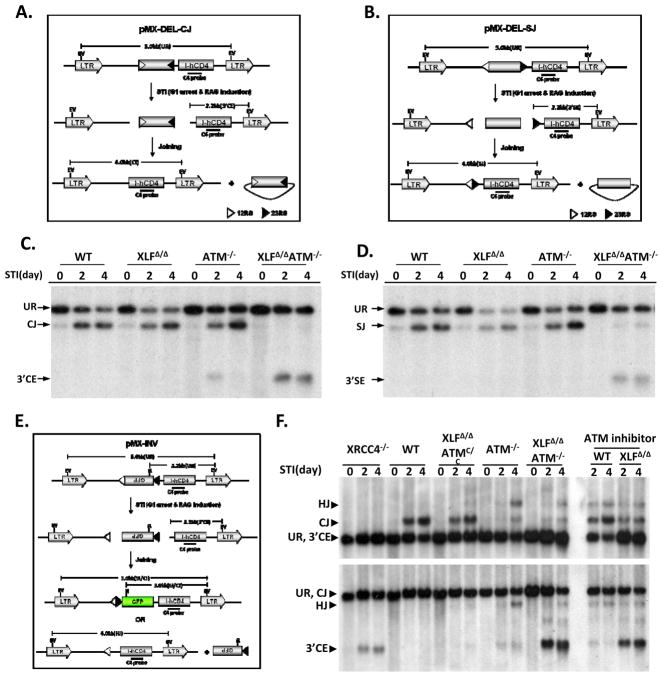Figure 2. ATM and XLF have redundant functions in chromosomal V(D)J recombination.
Schematic of pMX-DEL-CJ (A), pMX-DEL-SJ (B) and pMX-INV (E) retroviral recombination substrates designed to assay CJ, SJ, and inversional V(D)J recombination, respectively8. Diagrams indicate un-rearranged substrate (UR), coding/signal end (CE/SE) intermediates and coding/signal joints (CJ/SJ). The 12-RS (open triangle), GFP coding sequence, 23-RS (filled triangle), IRES-truncated hCD4 cDNA (I-hCD4) and LTRs are indicated. Positions of EcoRV (EV) sites, NcoI (N) sites and C4 probe (black bar) are shown. (C and D) Southern blotting with C4 probe of EcoRV-digested DNA from STI571 treated (2 or 4 days) v-abl pro-B lines containing pMX-DEL-CJ (C) or pMX-DEL-SJ (D) substrates. Results were obtained from cell pools with diverse substrate integrations. Similar results were obtained with single integration clones (not shown). Bands reflecting pMX-DEL-CJ UR, CE, CJ (panel C) and pMX-DEL-SJ UR, SE, SJ (panel D) are indicated. (F) Southern blot with C4 probe of EcoRV-NcoI digested (upper panel) or EcoRV digested (lower panel) DNA from indicated lines containing a single pMX-INV substrate. The XLFΔ/ΔATMC/C and the XLFΔ/ΔATM−/− lines have identical integrations. See legend to Supp. Fig. 5 for detailed methods.

